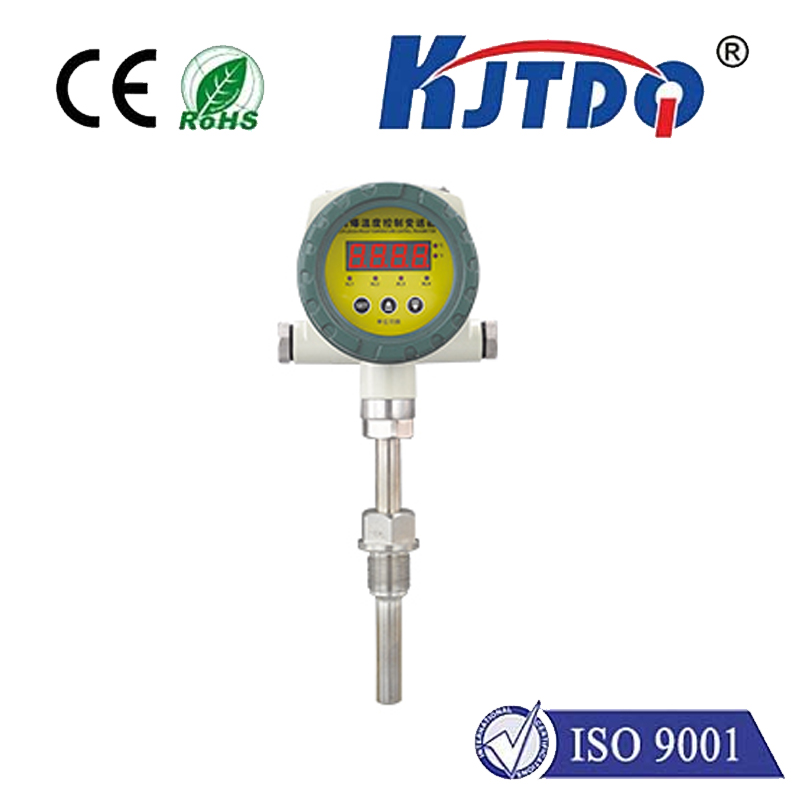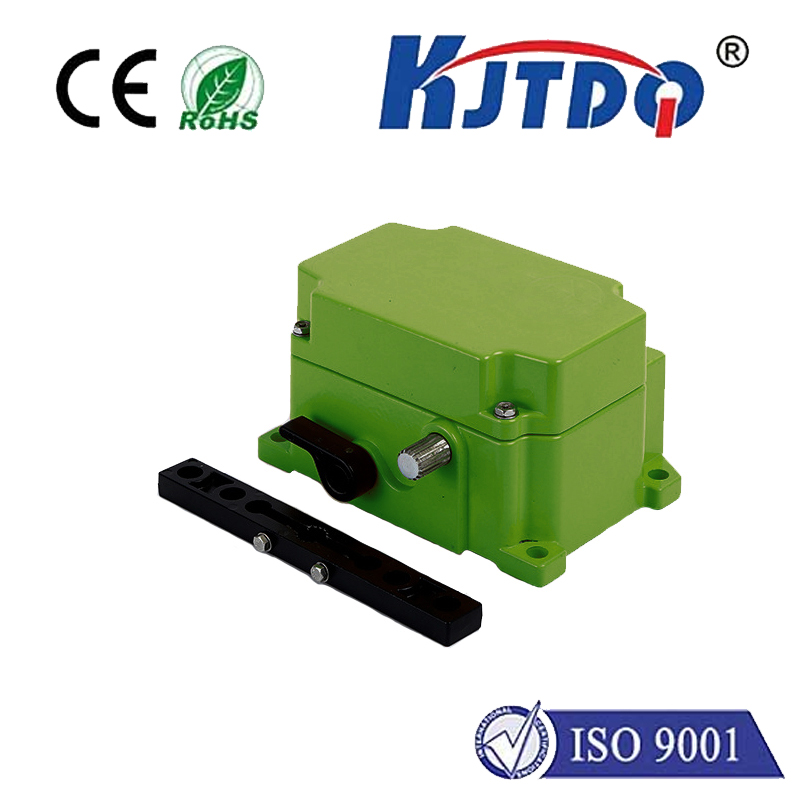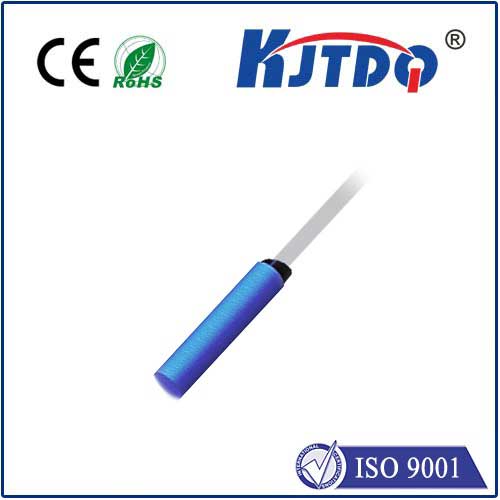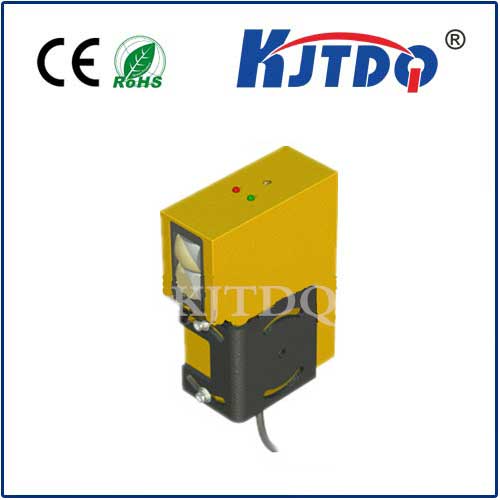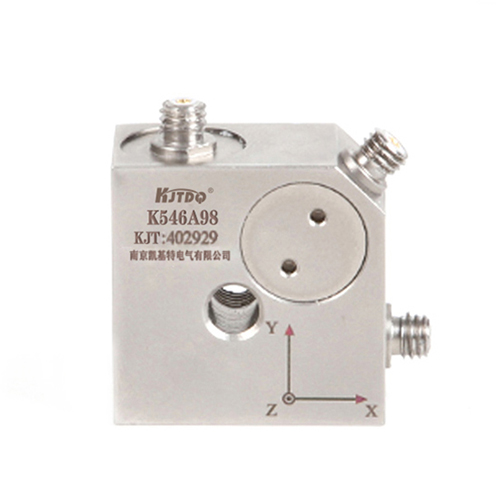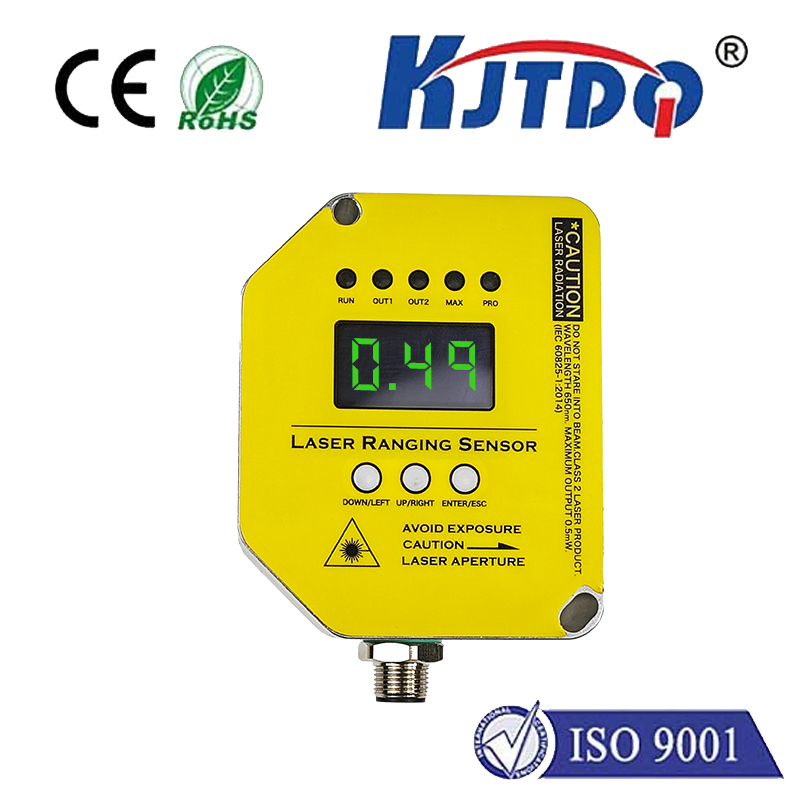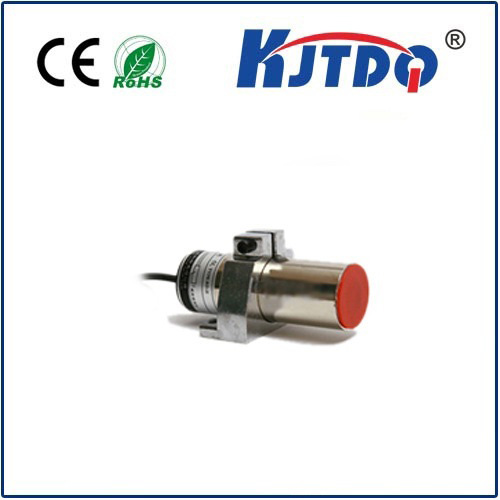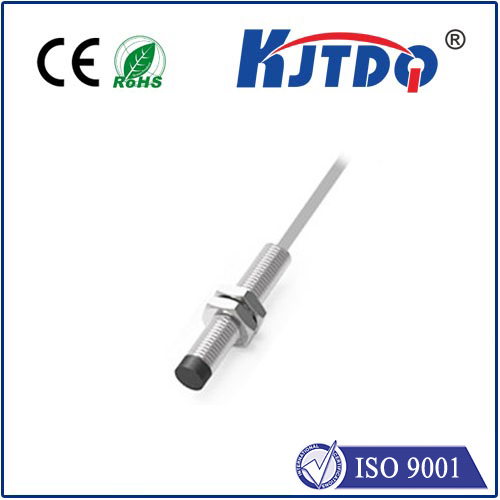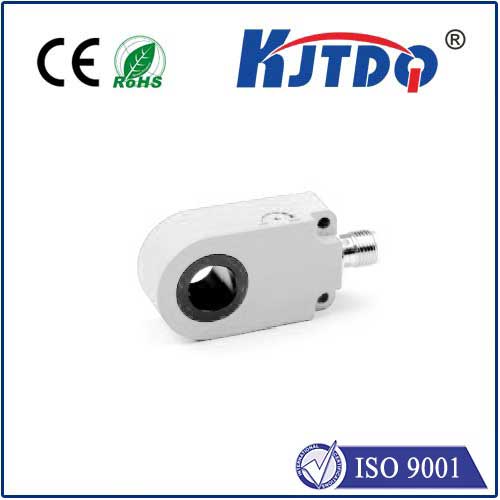

check

check

check

check

check

check

check

check

check

check
Imagine you’re piloting a massive airliner, descending through thick cloud on approach to a bustling international airport. Visibility is near zero. Below you lies a complex tapestry of terrain, buildings, and potentially, other aircraft on converging paths. How do you know you’re clear of obstacles and other traffic? The answer lies in a suite of silent, vigilant sentinels: aircraft proximity sensors. These sophisticated systems are the technological cornerstone preventing mid-air collisions and controlled flight into terrain (CFIT) – two of the most catastrophic risks in aviation. They provide pilots with critical spatial awareness far beyond the capabilities of the human eye, especially in challenging conditions where every second counts.
Put simply, aircraft proximity sensors are technologies designed to detect and alert flight crews to the presence of objects – whether terrain, obstacles like towers or mountains, or other aircraft – that pose a collision risk or breach safe separation minima. Their primary purpose is unambiguous: enhance situational awareness and provide timely warnings to enable evasive action. This isn’t mere convenience; it’s a fundamental pillar of modern aviation safety, saving countless lives since their widespread adoption. The development and refinement of these systems represent a relentless pursuit of eliminating preventable accidents.
Why are these sensors so critically important? The consequences of collisions or unintended ground contact are devastating. History is marked by tragedies that underscored the need for automated protection. Systems like the Ground Proximity Warning System (GPWS) and its advanced successor, the Enhanced Ground Proximity Warning System (EGPWS), were born from such necessity. Similarly, Traffic Collision Avoidance Systems (TCAS) emerged to mitigate the risk of mid-air collisions. These aren’t just gadgets; they are last lines of defense when human vigilance, radar coverage from air traffic control, or visual references fail. They continuously monitor the aircraft’s flight path and surrounding environment, comparing it against vast databases and real-time inputs, ready to command the pilot’s attention with unambiguous alerts if danger is imminent.

The realm of aircraft proximity sensing isn’t dominated by a single technology; it’s a carefully orchestrated ensemble, each playing a crucial role:
The journey of aircraft proximity sensors is one of continual innovation. Early GPWS, while revolutionary, had limitations – famously called “Tombstone Technology” due to its inability to warn against rising terrain ahead. This spurred the development of EGPWS, integrating GPS and digital databases, a monumental leap forward. TCAS has evolved through generations, improving logic, reducing unnecessary alerts (“nuisance alarms”), and enhancing coordination between aircraft. Today, the trend is overwhelmingly towards sensor fusion – intelligently combining inputs from radar, optical systems, GPS, ADS-B (Automatic Dependent Surveillance-Broadcast), and databases. This creates a more comprehensive, robust, and accurate picture of the surrounding environment than any single sensor could provide. Furthermore, machine learning algorithms are being explored to enhance threat prediction and further reduce false alarms.
Looking ahead, the evolution of aircraft proximity sensors is intertwined with broader aviation trends. Unmanned Aerial Systems (UAS or drones) demand sophisticated Detect-and-Avoid (DAA) systems, often leveraging similar sensor suites adapted for their size and mission profiles. Urban Air Mobility (UAM) concepts like air taxis operating in dense, low-altitude environments will rely heavily on advanced, miniaturized optical, radar, and acoustic sensors. The push for greater automation and ultimately autonomous flight hinges critically on achieving ultra-reliable proximity sensing and object detection capabilities that surpass human performance in all conditions.
From the piercing warning of “TERRAIN! PULL UP!” to the urgent directive “CLIMB! CLIMB NOW!” issued by TCAS, these systems demand immediate pilot attention and action. They are designed with clear, standardized aural alerts and visual displays on the Primary Flight Display (PFD) or Navigation Display (ND) to cut through cockpit workload and ambiguity. Rigorous certification standards mandated by aviation authorities like the FAA and EASA govern every aspect – from sensor accuracy and system logic to alert timing and crew interface design. Continuous validation and testing ensure they perform reliably in the incredibly diverse and demanding operational environment of global aviation. Pilots undergo extensive training on these systems, understanding their capabilities, limitations, and the vital importance of responding immediately and correctly to their commands. This synergy between technology, procedure, and human response is what creates true safety.
As airspace becomes increasingly complex and traffic volumes grow, the role of aircraft proximity sensors only intensifies. They are the technological embodiment of aviation’s core safety principle: preventing accidents before they happen. Through constant innovation in radar, optics, data fusion, and processing power, these silent guardians are evolving to meet new challenges, ensuring that the skies remain safe for all who fly within them. Their vigilance is a testament to the industry’s unwavering commitment to protecting lives through cutting-edge technology.
